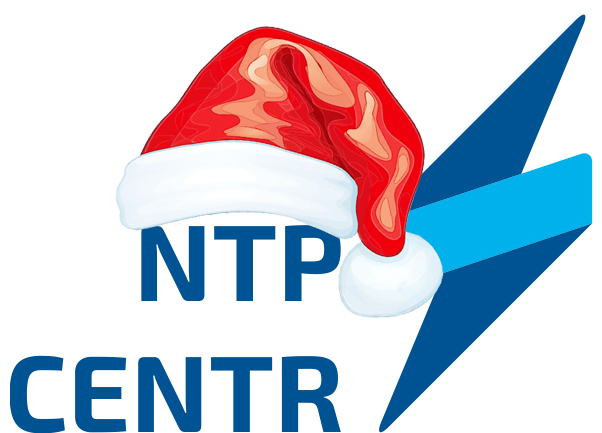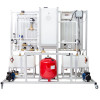NTC-16.44 “Means of automation and control in water supply systems”
Br0.00
The educational laboratory stand is designed for use in higher education, vocational, and technical institutions during laboratory and practical sessions to study the principles of operation, technical characteristics, and programming of sensors, actuators, and automation systems. It also allows for the investigation of the characteristics of pumping and pipeline systems under various operating and control modes to ensure effective regulation of pressure, flow rate, and levels in automated technological processes.
*For additional information, please contact us via the phone numbers or email provided on the website.
 Русский
Русский



